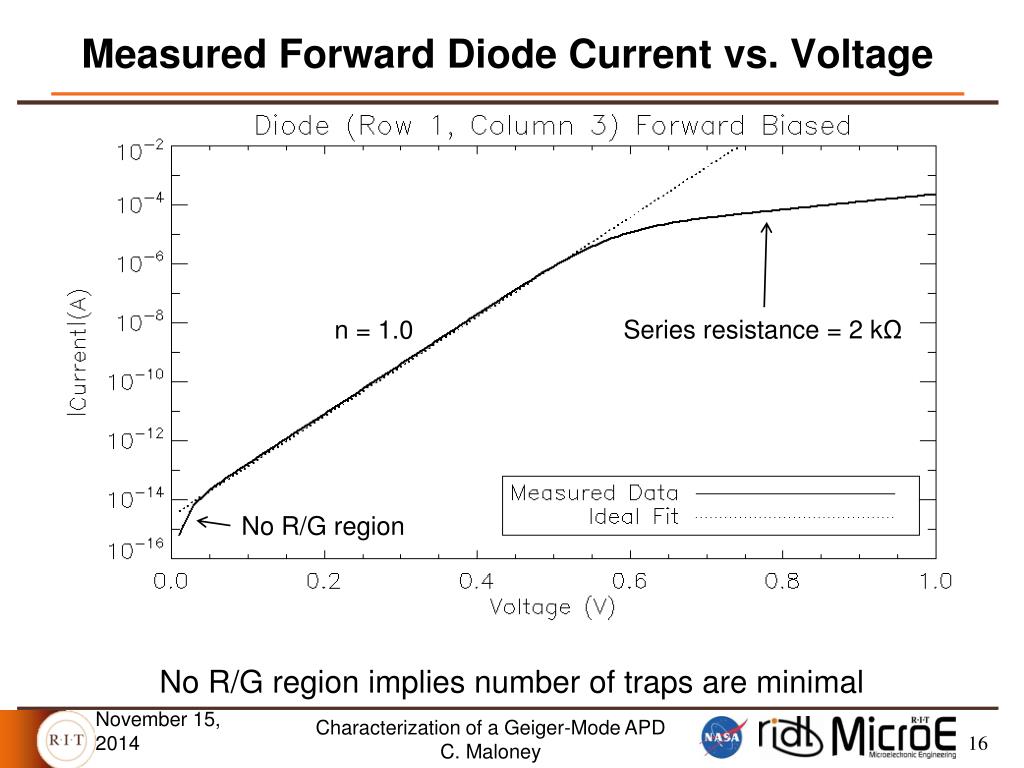
Some applications of Si avalanche photo diodes are optical rangefinders, laser radars, FSO, etc. It also has improved linearity, low terminal capacitance, and low-temperature coefficient. Internal multiplication features great photosensitivity that makes it capable of detecting low light signals. High silicon APDs are great for low light detection. UV APDs are ideal for ultraviolet flame detection. The silicon carbide UV APD shows a high signal gain and extreme sensitivity. Ultraviolet avalanche photo diodes offer outstanding sensitivity if operated in Geiger mode. Its features include fast response time, improved SNR, insensitivity to magnetic fields, etc.

Large area APDs or LAAPDs are lightweight photodiodes that possess a large activation area. InGaAs avalanche photodiodes are better than ordinary germanium avalanche photo diodes in terms of SNR and sensitivity. These can perform photo-detection in the range of 1100-1700 nm.

InGaAs avalanche photodiodes are used for achieving long-reach optical fiber communications. InGaAs or Indium Gallium Arsenide is vividly used in semiconductor devices. When again the voltage is increased, no electron remains at the depletion region. The bias voltage is temporarily dropped, and this delay allows the collection of all electrons and holes. To minimize the dead-time, ‘active quenching’ is done. Active quenching circuit: While the diodes are recharged, the probability of another photoelectron striking it is very low.A large current is passed through the circuit to avoid the shortage of electrons or holes in the avalanche region, and the diode remains in conducting state. Passive quenching circuit: This type of circuit uses a load resistor, a passive element, to quench the breakdown pulse.The cost of APDs is lower than that of PMTs. It uses the photon absorption technique for the emission of excess electrons. It uses the avalanche multiplication phenomenon to produce charge carriers. It consists of a photocathode, dynodes, and a vacuum glass tube. Comparison between APD and PMT | Avalanche Photodiode vs Photomultiplier tube Avalanche Photodiode Photomultiplier Tube It consists of four layers with different doping concentrations. As this value is nearly close to the maximum value, most of the signals are detected. Ionization rate, k=\fracįor achieving a good SNR, quantum efficiency must be high. This overall phenomenon is called impact ionization. This collision helps in charge multiplication. In the effect of this field, electrons drift with their saturation velocity and collide. In the p region, the electrons experience a massive electric field. The electric field separates the pairs, and the independent charge carriers run towards the n+ and p+ regions. Impact ionization in Avalanche PhotodiodesĪfter the photons are absorbed in ?-layer, a sufficient number of electron-hole pairs are formed. Here along with single-photon sensitivity, the internal gain is also very high, just below the breakdown. Recently another mode has been introduced, which is called Sub-Geiger mode. In this mode of operation, the photodiode is operated at a voltage above breakdown voltage. Besides the linear avalanche mode, APDs can also work in the Geiger mode. Avalanche Photodiode OperationĪPDs are operated in completely depleted mode. M value strongly depends upon reverse bias and temperature also. Excess electron-hole pair generation due to the collision of charge carriers is called avalanche multiplication.This is called the internal gain process. Even a single photon absorbed leads to the generation of a vast number of electron-hole pairs.Its intensity lessens in ?-region and gradually vanishes at the end of the p+ layer. The electric field is maximum at the pn+ junction, and then it starts decreasing through the p region.The n+ region is thinnest, and it is illuminated through a window.The intrinsic region in APD is slightly p-type doped.

A large number of e-h pairs results in high photocurrent. As the velocity is maximum, the carriers collide with other atoms and generate new electron-hole pairs.Electrons and holes drift with their saturation velocity towards the pn+ region where a high electric field exists. A comparatively weaker electric field causes separation between these pairs.Incident light enters the p+ region and further gets absorbed in the highly resistive p region.The reverse bias voltage increases the electric field across the depletion layer.Avalanche breakdown takes place when the diode is subjected to high reverse voltage.“File:APD2 German.png” by Kirnehkrib is licensed under CC BY-SA 3.0


 0 kommentar(er)
0 kommentar(er)
